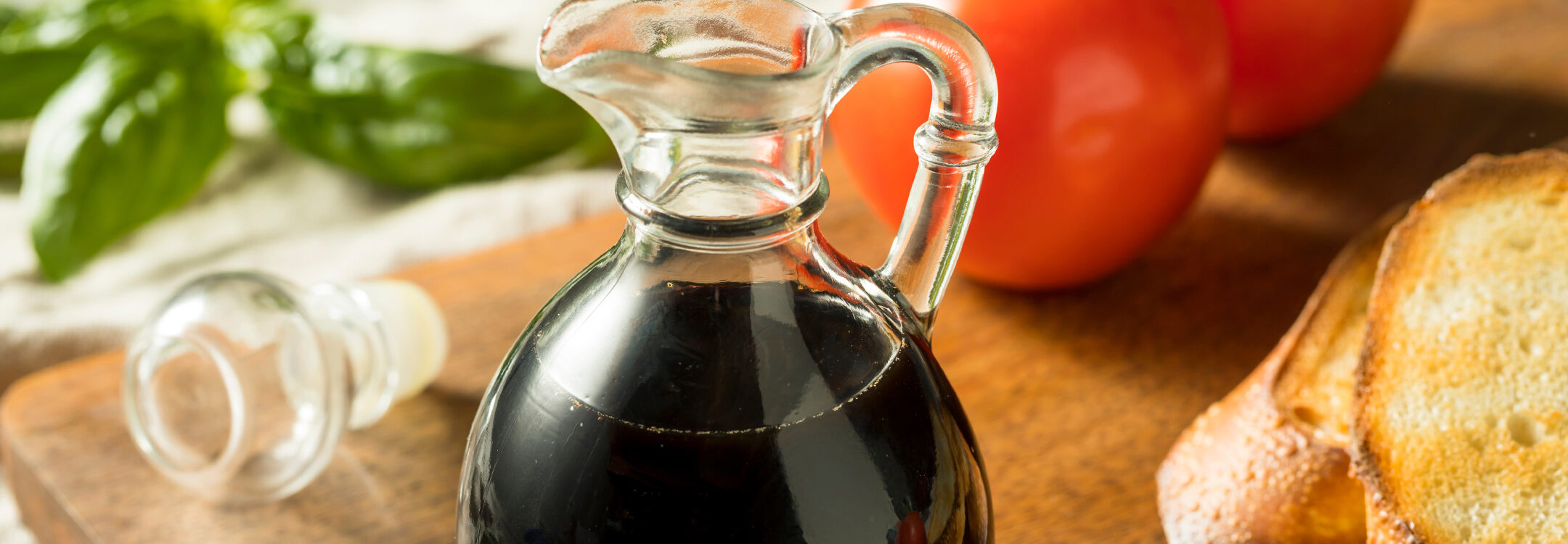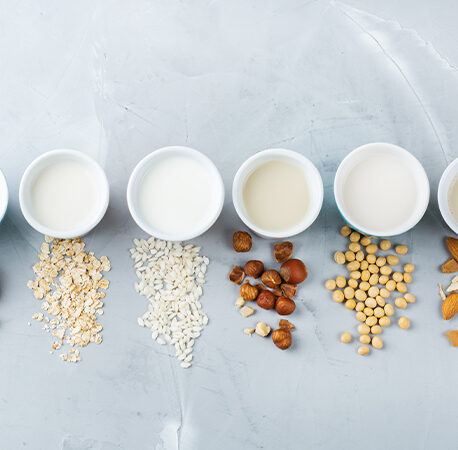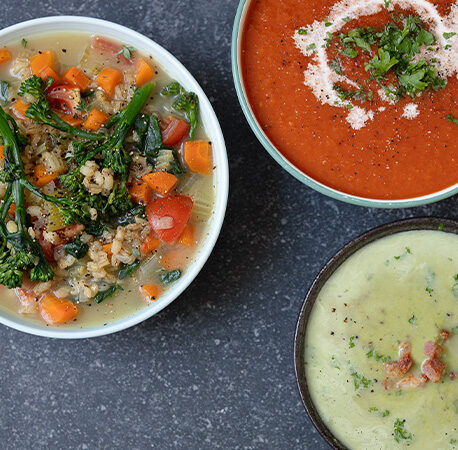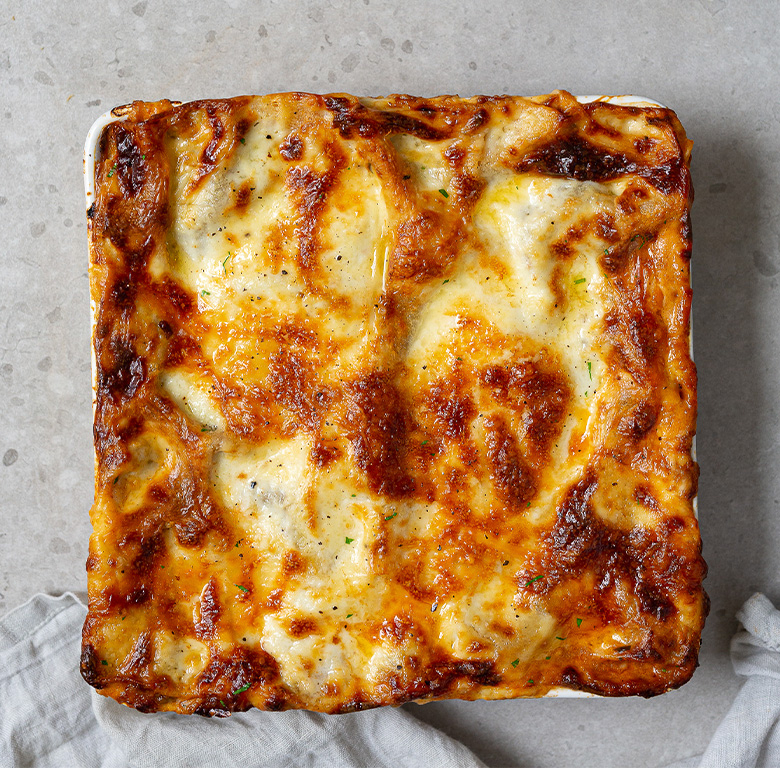What is balsamic vinegar?
Balsamic vinegar is made from grape must, or fresh grape juice, aged in special wooden barrels to form a dark, concentrated substance. To qualify as traditional balsamic vinegar, it is required to be aged for a minimum of 12 years. Over the years, moisture evaporates and the liquid becomes thicker and more concentrated. As this happens, it is transferred to smaller and smaller kegs made of chestnut, cherrywood, ash, mulberry and juniper, and these progressively add character.
There seem to be lots of different types. What do the labels mean?
- Traditional balsamic vinegar: This is the real deal, the good stuff: small-batch, highly crafted balsamic vinegar. If it has the DOP or PDO label (Protected Designation of Origin), it is from either Modena or Reggio Emilia and conforms to strict EU production regulations. These products are of top quality, but very expensive.
- Balsamic vinegar of Modena PGI: This is balsamic vinegar imported from the Modena region of Italy, to be used for everyday consumption. If it has the IGP or PGI label (Protected Geographic Indication), it conforms to European Union (EU) production regulations.
- Balsamic vinegar (no mention of Modena on the label): This is balsamic vinegar for everyday use that may or may not come from Italy. It may be good quality or it could be imitation balsamic, which is vinegar with thickeners and sweeteners.
- Balsamic glaze: This is a syrupy version of regular balsamic vinegar that has been reduced, thickened and sweetened.
How can I use balsamic?
- Traditional balsamic vinegar: The rich, complex flavours that result from the lengthy ageing process are truly exceptional. Never cook with traditional balsamic vinegar — this would be a complete waste, as the heat will destroy the subtle flavours. Drizzle a small amount of this dark syrupy vinegar on fresh strawberries or peaches, some well-aged cheese like Parmigiano Reggiano, or vanilla ice cream. You can also use a little to finish a chicken or pork dish.
- Balsamic vinegar of Modena: This is a better option for everyday use, in salad dressings, marinades or glazes. Add a little to tomato sauce for a great depth of flavour and touch of sweetness.
- Balsamic vinegar (no mention of Modena on the label): Use this for cooking and adding to sauces.
- Balsamic glaze: Use balsamic glaze for drizzling over foods as a finishing touch. Its striking dark colour and thick consistency make it an easy and attractive way to make a plate look extra special.






You have to be signed in to comment this post.